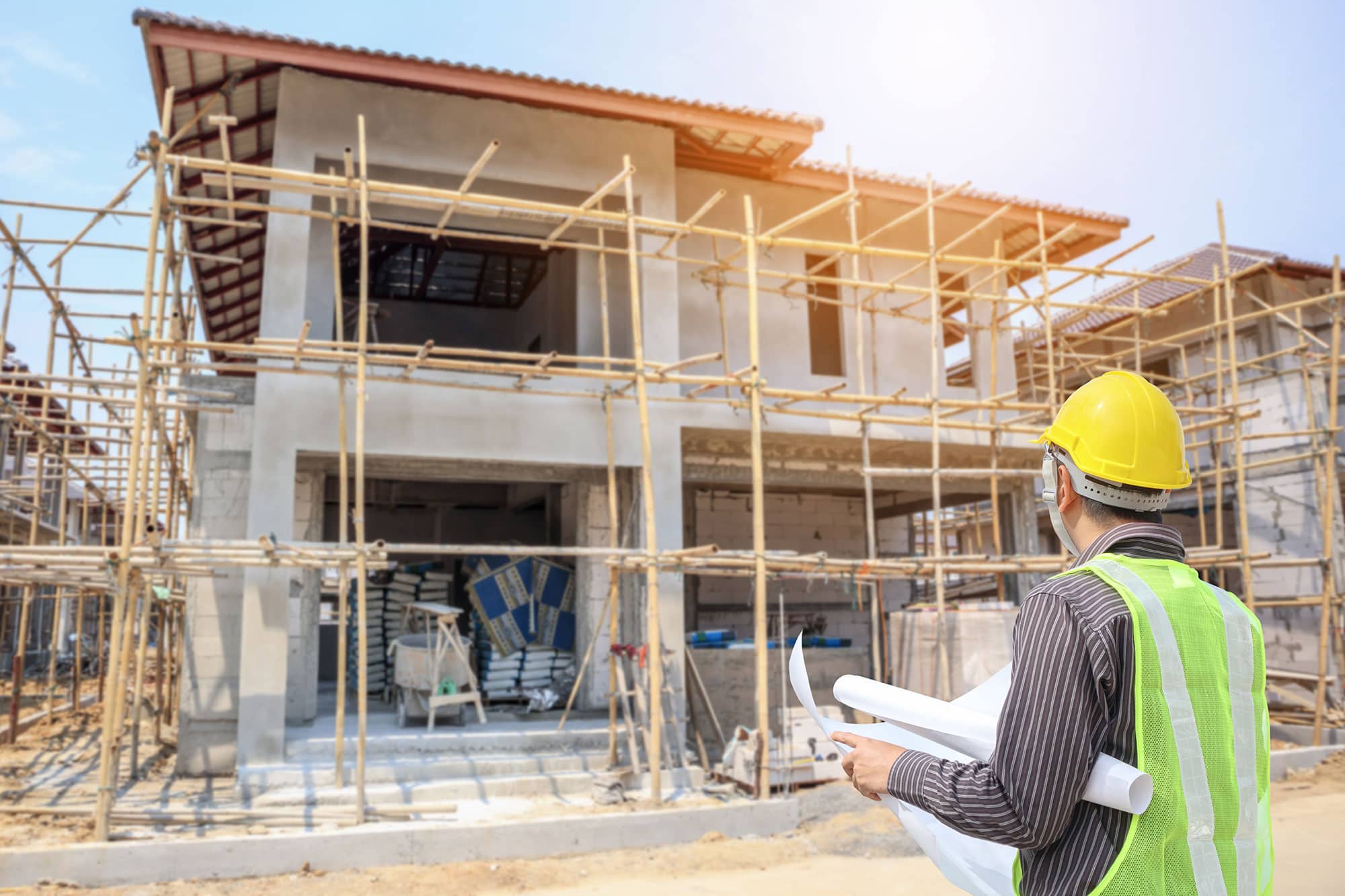The housing market here in the US is booming. And with this exponential growth comes a re-evaluation of what we want in a new home build. This allowed homeowners to determine what they’re looking for in a house, and homebuilders face 2023 head-on, ready to deliver on these new demands. Below we outline the five trends shaping the home builder industry in 2023.
1. Utilizing Solar Energy
Electricity costs continue to rise. The price of residential electricity increased by nearly three percent recently. With many homeowners choosing to build from the ground up, the home building industry is pushing toward solar panel installation as homeowners try to escape the high costs of electric energy.
Solar energy proves to be a cost-effective alternative to electricity. Homeowners can save thousands each year when they opt for solar energy, which is the driving force behind home builders’ uptick in solar panel installations. But solar panels offer more benefits than just a lower electric bill.
Solar energy equipment requires almost no upkeep. Once installed, solar panels rarely have issues that require maintenance or repair. Many solar companies offer warranties or contracts that state the company will come out and take care of any issues. Traditional electric companies charge fees for these same services.
The home builder industry constantly adapts to the needs of its client base. And with so many people desiring solar panels, the market will change to make these resources a standard option for customers.
2. Stepping Away from Open Floor Plans
During the last year of spending most of the time at home, homeowners realized that open floor plans allow for almost no privacy and only minimal storage. While the open-concept home design might seem like a good idea, open floor plans are a practical nightmare in theory. So this year, home builders are creating spaces with more walls and privacy than in years past.
According to one study, only 43 percent of homeowners who completed a kitchen remodel opened up space to other rooms in the home. Just two years ago, that number was 53 percent. The steep downward trend in open floor plans indicates that home builders will construct homes with a greater emphasis on room and space separation in 2023.
When a home is built with a more traditional or closed floor plan, homeowners can enjoy more privacy and solitude. But closed floor plans also offer homeowners a more significant storage space that more open concepts don’t provide.
The move toward traditional floor plans is almost certainly a result of people spending more time at home over the last year. Moving forward, home builders see continued demand for homes with separate rooms so homeowners can get away, relax in peace, or work remotely while others are still in the house.
3. Environmentally Friendly Building
Environmentally friendly building practices have been around for years, despite the consumer’s lack of interest. However, only recently are clients demanding home builders utilize a “green” approach with their projects. Homeowners look at environmentally friendly building materials and practices as crucial factors in choosing a home builder.
More than half of home buyers are interested in a sustainable home. Worldwide attention to climate change has influenced today’s home buyers to consider how they can preserve resources and the environment through home-building. This means everything from building materials to appliances like HVAC systems is now filtered through the lens of sustainability.
Homeowners can work with their builder to ensure their home is not only built with environmentally-friendly materials but that their home meets national green certifications. By offering a more environment-centered approach to building, home builders can reach a larger audience of customers who take green living seriously. As a result, professionals expect to see a consistent upward trend in using sustainable building materials and practices in years to come.
4. A Booming Market
According to NAR’s Housing Affordability Index, as of January, home affordability rates have increased by 13 percent. Between those numbers and minuscule mortgage rates, the housing market has exploded despite the global pandemic and all its effects on the economy.
Homebuilders will see no shortage of eager clients in 2023. 2022 saw more completed residential home builds than the previous five years, and there’s no sign that things will be slowing down in the home-building industry. With record-low mortgage rates, homeowners want to break ground on their projects as soon as possible. This translates to high demand for builders who can work with their clients to build their dream homes efficiently. As a result, builders and buyers benefit from today’s booming housing market.
5. Going Virtual
2022 forever changed the way homes are sold. Technological advancement and the necessity of virtual showcasing and sales resulted in a virtual innovation that serves the home building industry and those buying a home.
Homebuilders had to shift their entire business model thanks to COVID-19. Zoom took the place of client meetings, virtual tours skyrocketed, and documents were signed electronically. This allowed home buyers from across the country to purchase houses they typically wouldn’t have access to. But in 2022, this was the norm. And now, into 2023, home builders see that switching to a more tech-centered sales model can only mean good things. Providing virtual services, from tours to consultations to after-hours customer service chats, enables home builders to reach more customers and, ultimately, build and sell more homes.
Conclusion
One thing can be sure of the ups and downs that brought us to 2023: the home building industry isn’t going anywhere. People will always need a place to live, and home builders will always be here to meet those needs. However, with changing customer needs and expectations come industry innovations that allow home builders to meet the growing market demands.

